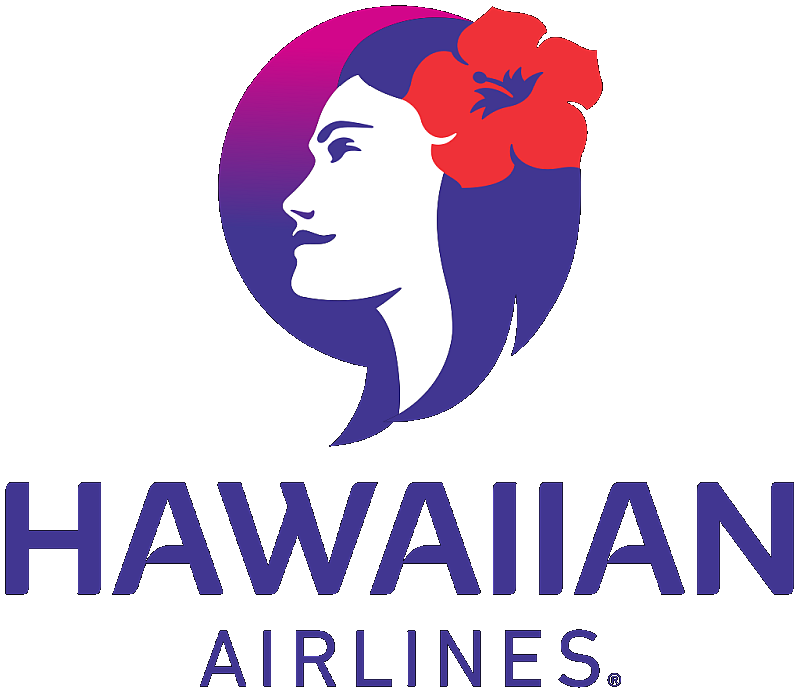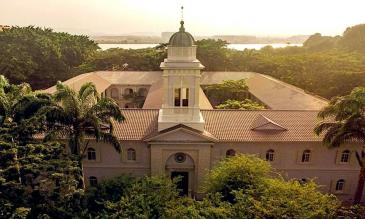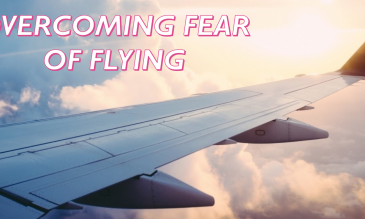- Inter-Island Airways was incorporated on the 30th of January, 1929, starting operations in early October, 1929, using a Bellanca CH-300 Pacemaker to provide short sightseeing flights over O’ahu.
- On the 1st of October, 1941, the name changes to Hawaiian Airlines, and the old Sikorsky S-38 and Sikorsky S-43 flying boats are being phased out, replaced by the notorious 24-passenger DC-3.
- In 1966, Hawaiian Airlines introduced its first pure jet inter-island aircraft, the McDonnell Douglas DC-9, reducing travel time between the islands to a mere 20 to 30 minutes.
- In 1984, Hawaiian began to provide worldwide charter services with three long-range DC-8 jets, scheduled service to Pago Pago starting soon after their addition into the fleet.
- One year later, five Lockheed L-1011 widebody aircraft joined the fleet, and new routes were added to the network in the following two years.
- In 1990, the international travel and hospitality publication Condé Nast Traveler rated Hawaiian Airlines one of the world’s safest airlines.
- In 1994, the L-1011s were replaced by McDonnell Douglas DC-10s from American Airlines.
- In late March, 2003, Hawaiian Airlines filed for Chapter 11 bankruptcy protection, but continued operations.
- On the 2nd of June, 2005, the company emerged from bankruptcy protection, and continued operations keeping its safety record clean and adding new aircraft to the fleet.
- In 2008, Hawaiian Airlines was the U.S. best carrier, according to Airline Quality Rating (AQR), a study conducted by the Wichita State University and Purdue University.
- For the past 3 years, Hawaiian Airlines maintained its rank in the top-three U.S airlines, in the AQR study.
- In 2011, Hawaiian Airlines was the most on-time airline for the 8th year in a row, according to DOT’s Air Travel Consumer Report.
- Today, Hawaiian Airlines, with an average 8 million customers a year, serves 20 domestic and international destinations in the Pacific region.
- In March 2013, new nonstop service between Honolulu and Auckland began, making Hawaiian Airlines the only U.S carrier to fly to New Zealand.
In March 2014, ‘Ohana by Hawaiian, the regional subsidiary carrier of Hawaiian Airlines, launched service with three ATR 42 500 turboprops owned by Hawaiian Airlines and operated by Empire Airlines. ‘Ohana by Hawaiian offers seamless connectivity throughout the islands with daily flights between Honolulu (HNL), Molokai (MKK), Kahului (OGG), Kona (KOA), Lanai (LNY), and Hilo (ITO).
In August 2014, Hawaiian Airlines introduced Extra Comfort seating, as a new service class on its Airbus A330-200 aircraft. The Economy Comfort seats offer more legroom (with a 36-inch pitch compared to 31-32 inches in Economy), along with a bundle of other amenities (e.g. priority security line, priority boarding, personal electrical power outlet, pillow and blanket).
In June 2015, Hawaiian Airlines opened the doors to The Plumeria Lounge, its 3,600-square-foot lounge at the Honolulu International Airport. Access to the new lounge located on the third floor of Hawaiian Airlines’ HNL inter-island terminal is offered complimentary to Business Class passengers traveling internationally. All other Hawaiian Airlines passengers can purchase a $40 lounge pass.
In May 2016, Hawaiian Airlines received its first Airbus A330 aircraft featuring fully lie-flat seating. The Business Class of Hawaiian Airlines’ entire fleet of Airbus A330 will be upgraded from the standard cradle seats to 180-degree lie-flat seats in a 2-2-2 configuration. The new fully lie-flat seats and 28 additional Extra Comfort seats will be installed starting the second quarter of 2016 through early 2018.
- In May 2017, Hawaiian Airlines unveiled a new brand, livery, and logo. The new modern identity that also preserves the integrity and the essence of the brand concurs with the airline’s major expansion under which new Airbus A321neos and Boeing 787 9 Dreamliners will join the fleet.
- In October 2017, Hawaiian Airlines received the first A321neo aircraft. The new 189-seat aircraft features 16 leather recliners in the Premium Cabin, 45 Extra Comfort Premium Economy seats, and 128 Economy seats. The new Airbus A321neo fleet will serve primarily Neighbor Island and West Coast routes.
- In March 2018, Hawaiian Airlines announced it has canceled its order for Airbus A330-800neo aircraft and replaced it with an order for 10 Boeing B787-9 Dreamliners.
- In April 2019, Hawaiian Airlines launched Boston – Honolulu non-stop service, the longest regularly scheduled domestic route in US history.
- In 2020, Hawaiian Airlines’ operations and financial performance were negatively impacted by the COVID-19 pandemic. The airline suspended most of its flying in late March, reducing its scheduled service by 95%, and operated a reduced neighbor-island network and once-daily service between Honolulu and Los Angeles, Seattle, and San Francisco to support essential flights and critical cargo transportation. For 2020, Hawaiian Airlines’ revenue declined 70% to $844.8 million, down approximately $2.0 billion from 2019, and the airline had an adjusted net loss of $551 million.
- In January 2021, a Pre-Clear Program that allows passengers to bypass the airport screening in Hawaii if they have a negative COVID-19 test and meet requirements was launched at San Francisco International Airport, expanding to the remaining North America destinations next month and to flights from Japan and South Korea in March.
- In March 2021, Hawaiian Airlines launched three new nonstop routes, Honolulu – Orlando, Honolulu – Ontario, and Maui – Long Beach. In April, Austin became the 16th U.S. city in Hawaiian Airlines’ network.
- In May 2021, Hawaiian Airlines announced that it would discontinue the ʻOhana by Hawaiian brand and its cargo and passenger services after the COVID-19 pandemic significantly impacted interisland travel.
- At the end of 2021, Hawaiian Airlines is operating approximately 130 flights within the Hawaiian Islands, daily nonstop flights between Hawaii and 16 mainland cities, more than any other airline, as well as service connecting Honolulu and American Samoa, Australia, Japan, South Korea, and Tahiti. For the full year of 2021, Hawaiian Airlines reported total revenue of $1.6 billion, down 44% compared to 2019.
- Hawaiian Airlines is the oldest US airline that has never had a fatal accident or even a hull loss throughout its history.

 En
En Es
Es Fr
Fr







